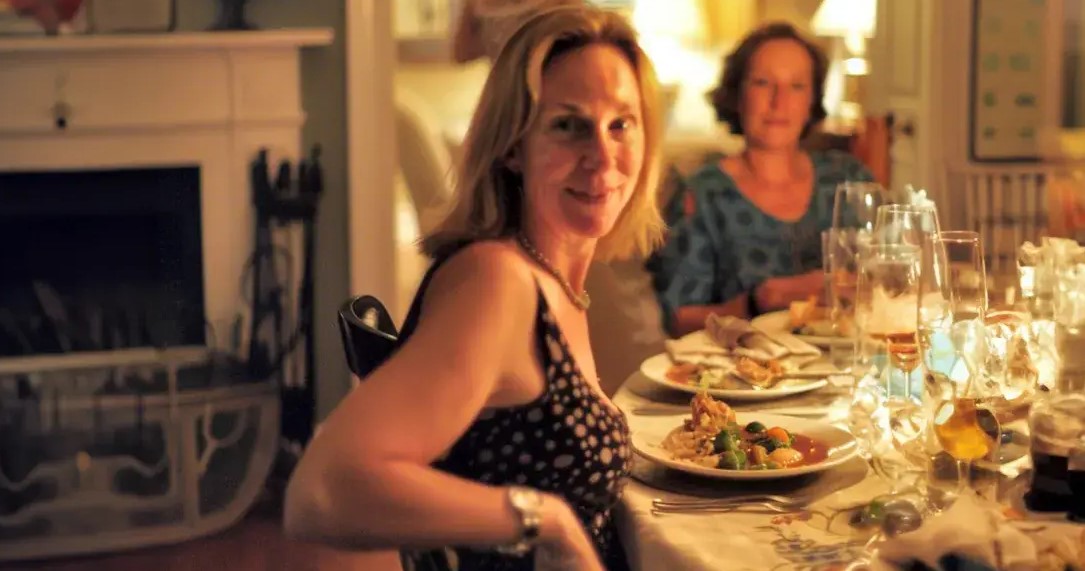In the weeks that followed, Hazel and I spent more and more time together. At first, our interactions were simple—exchanging gardening tips, sharing recipes over cups of tea, or chatting about the quirks of our neighbors. But beneath the surface of those casual conversations, a deeper connection began to form, one built on mutual understanding and unspoken empathy.
Hazel had her own scars, though she rarely spoke about them. I could see it in the way her smile sometimes faltered, the way she would gaze off into the distance, as if searching for something she couldn’t quite grasp. It wasn’t hard to imagine that she, too, had once felt the sharp sting of loss. As our friendship grew, I discovered that her marriage to Sebastian, outwardly perfect, was built on a foundation of silence and secrets. They were both just trying to navigate the delicate dance of two people holding on to each other without really touching.
One evening, as we sat on her back porch, sipping wine under the soft glow of string lights, Hazel confessed something she had never told anyone. “I thought I was supposed to be happy,” she said, her voice barely above a whisper. “But sometimes… I wonder if I’ve forgotten how to be. Or if I ever really knew.”
I nodded, the weight of her words settling in my chest. It felt like a mirror had been held up to my own soul, revealing the parts I had buried for so long.
“I understand,” I replied softly. “I’ve been there. I spent so many years thinking I’d never feel whole again. But I’ve come to realize that healing isn’t about forgetting the past. It’s about learning how to carry it without letting it define us.”
That night, after we said our goodbyes and I made my way back to my house, I found myself reflecting on everything that had brought me here. The divorce, the years of wandering, the quiet moments of peace that had slowly but surely started to rebuild me. And Hazel—someone who had entered my life when I least expected it, but at just the right time.
Days turned into months, and our friendship continued to flourish. Slowly, Hazel began to find her own peace, though it was a different kind than the one I had come to understand. She and Sebastian still had their challenges, but there was a new openness between them. They started to talk more—about their dreams, their fears, their pasts—and, for the first time in years, Hazel seemed lighter, as though the burden of pretending had been lifted.
As for me, I found a deeper understanding of my own journey. The quiet suburban streets, once a place for escape, had become a home—one not just of safety, but of connection. In Hazel, I found a kindred spirit, someone who didn’t ask me to forget my past but instead helped me embrace it as part of who I was becoming.
One afternoon, months later, as I stood at my kitchen window, watching Hazel and Sebastian chatting in their yard, I realized that peace isn’t a destination. It’s not an end point where everything is perfect and resolved. Peace is an ongoing journey, one where we continue to heal, continue to grow, and continue to reach out to those around us, even when we feel fragile.
And as I watched Hazel smile at me across the fence one final time before she and Sebastian moved to a new chapter in their lives, I felt a profound sense of gratitude for all that had brought me to this quiet suburban neighborhood—a place where, at last, I had found not just safety, but a home, a connection, and a friend.
